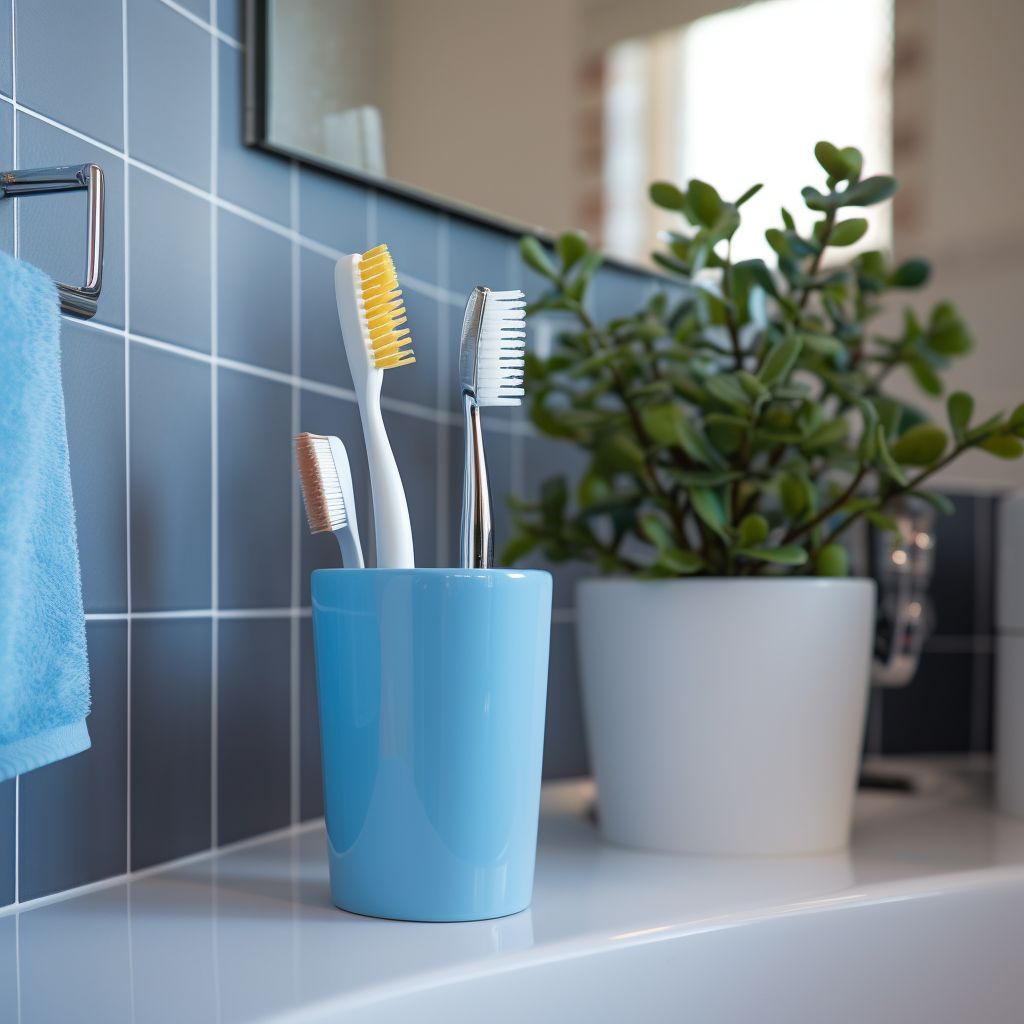
Maintaining good oral hygiene is essential for overall health, and a key component of that regimen is keeping your toothbrush clean and sanitary. Toothbrushes can harbor harmful bacteria and germs if not properly cared for, which can lead to oral health issues. In this article, we’ll discuss the right way to clean toothbrushes to ensure they remain safe and effective tools for maintaining your dental health.
Why Cleaning Your Toothbrush Matters
Your toothbrush plays a pivotal role in your daily oral care routine, and its cleanliness directly impacts your dental health. If not cleaned properly, toothbrushes can accumulate harmful bacteria, viruses, and other microorganisms that can be reintroduced into your mouth during brushing. This can lead to oral infections, cavities, and other oral health problems. To avoid these issues, it’s crucial to clean your toothbrush regularly and correctly.
The Wrong Way To Clean Your Toothbrush
While cleaning a toothbrush is important for maintaining good oral hygiene, there are certain wrong ways to clean a toothbrush that can be ineffective or potentially harmful. Here are some common mistakes to avoid:
Boiling Water: Boiling your toothbrush might seem like a good way to sterilize it, but it can damage the bristles and the plastic handle, making the toothbrush less effective. Extreme heat can also distort the shape of the toothbrush, making it uncomfortable to use.
Dishwasher: Placing your toothbrush in the dishwasher is another method to avoid. The high water temperature and detergents can damage the bristles and the plastic, and it may not effectively remove bacteria or germs.
Microwave: Microwaving your toothbrush is not recommended either. The heat generated in a microwave can melt the plastic and damage the bristles. Plus, it may not effectively kill bacteria.
Using Bleach: While bleach is a potent disinfectant, it’s not safe to use on a toothbrush. It can weaken the bristles, and residual bleach can be harmful if ingested. It’s better to use safer alternatives like mouthwash or hydrogen peroxide for disinfection.
Sharing Toothbrushes: Sharing a toothbrush with someone else is one of the worst things you can do. This can easily transfer bacteria, viruses, and other pathogens between individuals, increasing the risk of infection and oral health issues.
Please Head On keep on Reading (>)

